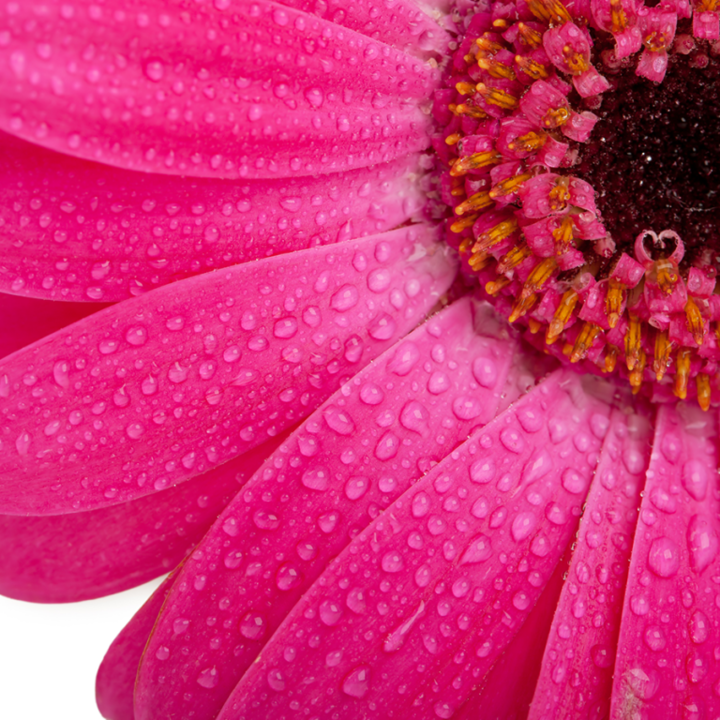
Gerbera flowers are some of the most popular cut flowers included in all sorts of arrangements. No matter if you’re celebrating a birthday, anniversary or just want a floral gift to say thank you, gerbera flowers with their cheerful nature will surely brighten up the day of the recipient.
Thanks to their affordability, adding gerberas to your bouquet won’t cost you a fortune and it will make the bouquet a lot more impressive. Gerberas are the fifth most popular cut flowers after roses, carnations, Chrysanthemums (surprisingly) and tulips.
They are available almost all year and come in a range of colors that make them a great addition to any bouquet.
Here are 10 surprising facts about Gerbera flowers you probably didn’t know…
1. They are named after German
Gerbera flowers were named after Trauggott Gerber, a botanist and physician from the 1700s
2. Not in Blue
Gerbera flowers are available in almost all the colours of the rainbow, except blue – if you see a blue one it was created artificially.
3. Origin
Many people don’t know about this, but gerbera daises actually originate in South Africa, where you would still find some native species growing in wild.
4. Long life
If you want a long lasting flower, gerbera should be your choice – they are one of the longest lasting flowers when used as a cut flower in a vase.
5. Fifth most used
Gerbera daisies are the fifth most used flower in cut arrangements and bouquets, straight after roses, carnations, chrysanthemums, and tulips.
6. Size
The size of gerbera flowers varies, it could be as small as 7 cm in diameter all the way to the biggest ones which are around 12 cm in diameter
7. Not a single flower
If you look at gerbera flower, you would think that it’s just one big flower head with lots of small petals. In fact, the flower head is a huge cluster of hundreds of flowers.
8. Smart flower
Gerberas have developed a protection mechanism against fungal diseases.
9. Big family
There are currently around 40 documented species of gerberas around the world.
10. Used in Science
Gerbera flowers are used as model organisms in studying flower formations.